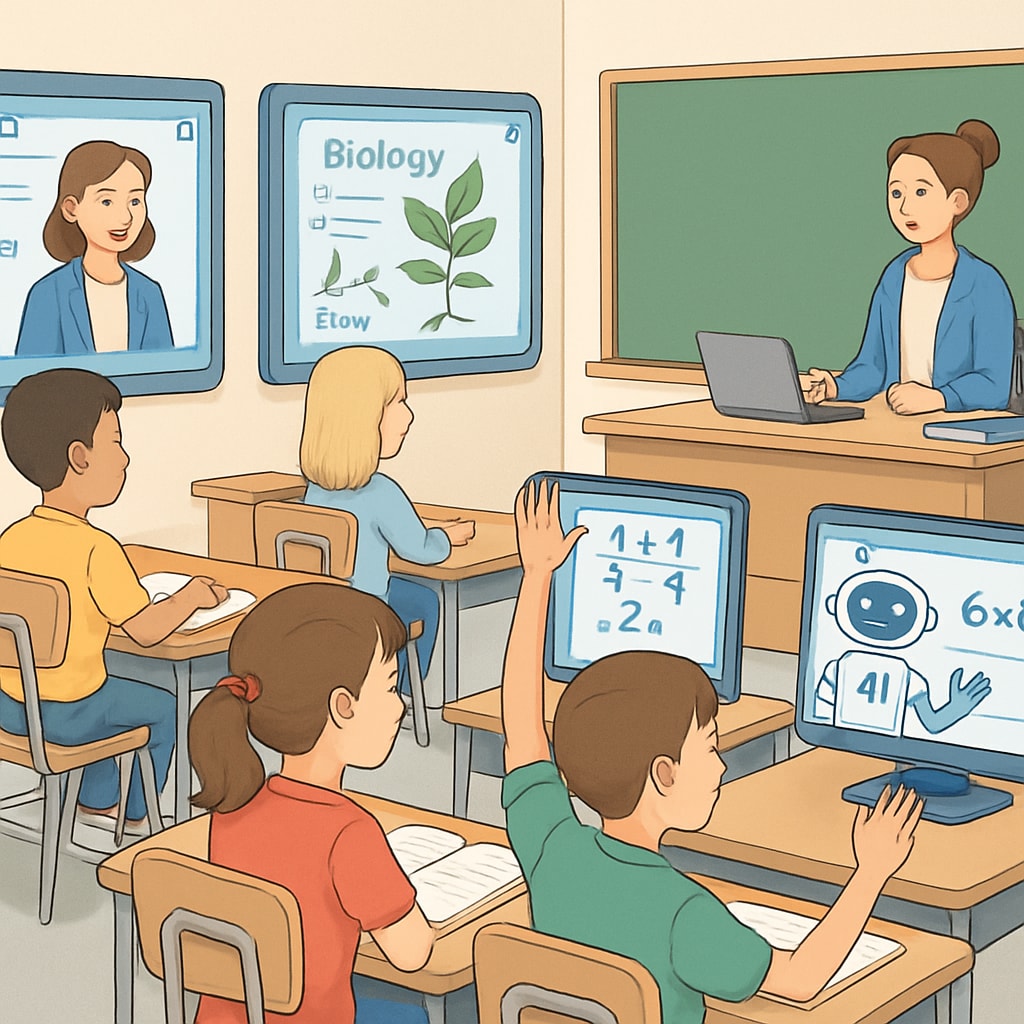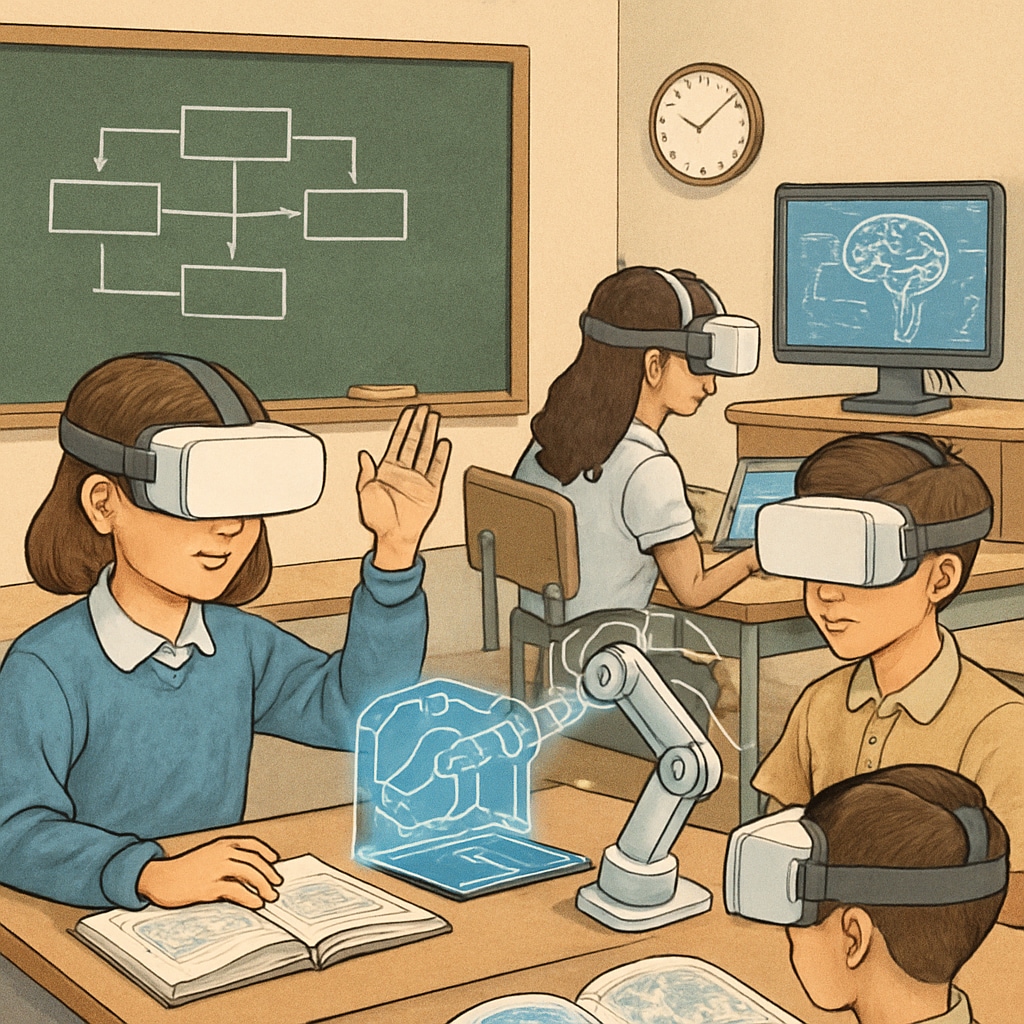Artificial intelligence, school education, future impact are set to revolutionize how we teach and learn in K12 environments. As AI continues to advance at an unprecedented rate, the educational landscape is preparing for transformative changes that will redefine teaching methods, enhance learning experiences, and innovate assessment practices. In this article, we explore the predictions for the next 5–10 years and examine how educators can leverage these opportunities to shape the future of education.
The Evolution of Teaching Methods Through AI
AI is paving the way for personalized teaching methods that cater to the unique needs of each student. By analyzing vast amounts of data, algorithms can identify learning patterns, predict challenges, and suggest tailored approaches for individual learners. For example, intelligent tutoring systems can provide one-on-one guidance to students, ensuring they grasp complex concepts at their own pace. This shift promises to address the longstanding issue of one-size-fits-all teaching.

Moreover, AI can assist teachers by automating routine tasks, such as grading assignments or tracking student progress. This allows educators to focus on more impactful activities, such as fostering creativity and critical thinking among students. As a result, teachers may transition from being mere instructors to becoming facilitators of deep learning and innovation.
Redefining Student Learning Experiences
One of the most significant impacts of AI on education lies in the transformation of student learning experiences. Virtual reality (VR) and augmented reality (AR), powered by AI, are making immersive learning a reality. Imagine students exploring historical events or conducting scientific experiments in simulated environments, all guided by AI-driven systems. These technologies are not only engaging but also ensure knowledge retention through experiential learning.
In addition, AI-powered platforms can enhance collaboration among students. For example, intelligent systems can group students based on complementary skills and learning styles, enabling effective teamwork. Such platforms also facilitate real-time feedback, helping students improve continuously.

Innovations in Assessment and Evaluation
Traditional assessment methods often fail to capture the full scope of a student’s abilities. AI is changing this by introducing dynamic and multidimensional evaluation systems. These systems can analyze not only academic performance but also critical skills like problem-solving, creativity, and collaboration.
For instance, AI-powered tools can assess how students approach a problem, offering insights into their thought processes rather than just focusing on the final answer. This shift encourages a deeper understanding of subject matter and fosters holistic development.
Moreover, adaptive testing, enabled by AI, adjusts the difficulty of questions based on the learner’s progress. This ensures that assessments are both challenging and fair, providing a more accurate measurement of a student’s capabilities.
Challenges and Opportunities for Educators
While AI offers immense potential, its integration into education comes with challenges. Teachers must adapt to using AI tools effectively and ensure ethical considerations are addressed, such as data privacy and bias in algorithms. Professional development programs will play a crucial role in preparing educators for this transition.
At the same time, educators have a unique opportunity to lead this transformation. By embracing AI, they can create inclusive learning environments that cater to diverse needs and foster lifelong learning. Collaboration between educators, technologists, and policymakers will be essential to ensure AI’s benefits are maximized while minimizing risks.
As a result, the next decade will not only redefine the way we educate but also strengthen the role of teachers as innovators and leaders in the AI-driven educational landscape.
Readability guidance: Use short paragraphs and lists to summarize key points; provide at least one list under each H2. Control passive voice and long sentences; integrate transition words such as “however,” “therefore,” and “for example” to enhance flow.


